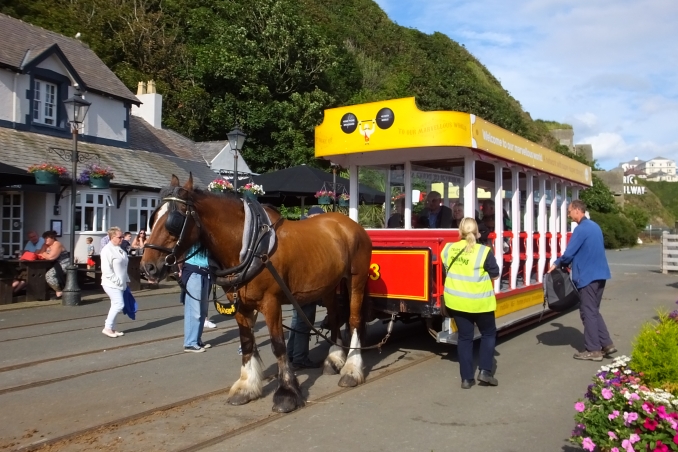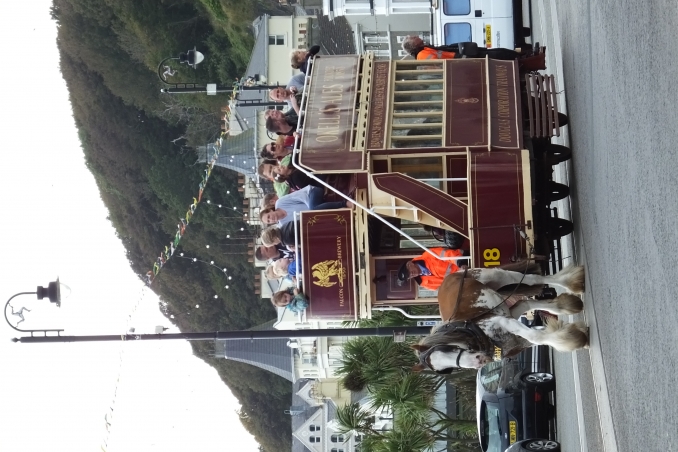Isle of Man: Douglas Bay Horse Tramway Celebrates 140th Anniversary
As the Douglas Bay Horse Tramway reaches its one hundred and fortieth anniversary, debate still rages about its future, although many of the issues raised during recent discussion are reflected throughout its long history.
Requiring an Act of Tynwald, the Douglas Bay Horse Tramway was created by entrepreneur Thomas Lightfoot in 1876, after he retired to Douglas. A Yorkshireman by birth, Lightfoot's other notable achievements included the first Woodhead Railway Tunnel.
Opened without ceremony on the 7 August, 1876, the new tramway adhered to certain regulations, including no less than six double journeys per weekday, a maximum fare of 3d and the use of animal power only.
Investment in its development amounted to £7,000 - £8,000, but by late summer in its opening year the tramway was already carrying eight hundred to nine hundred passengers during a fourteen hour day.
Unfortunately Lightfoot's other ventures drained him financially, which forced him to sell the system to the Isle of Man Tramway Limited in 1882. New passing loops were added as the service continued to expand, a double track was laid five years later and passenger numbers continued to rise; dented briefly during a very wet summer in 1889.
Thomas Lightfoot died in 1893 aged seventy eight and was buried in Onchan churchyard, but the popularity of the Douglas Bay Horse Tramway continued unabated. Enhanced by the service provided by the Douglas and Laxey Coast Electric Tramway Company between Douglas and Groudle, passenger numbers increased to almost one million in that same year.
Resold to the Douglas and Laxey Coast Electric Tramway Company the following year for £38,000, its popularity soared, reaching one million six hundred thousand passengers in just one year.
The collapse of Dumbell's Bank gave Douglas Corporation the opportunity of purchasing the Douglas Bay Horse Tramway (and the now defunct cable tramway) for £50,000 in 1901.
By this time a double track had been put into place, a scheduled service ran in the winter and concern about wages prompted a one day strike.
Rumours of closure persisted at various intervals and requests by the Manx Electric Railway to electrify the line (to offer passengers a complete journey between Ramsey and Victoria Pier) were rejected.
Although simplified to a seasonal service in 1927, the Victorian transportation system attracted a record two and a half million passengers, but decades later a declining holiday trade took its toll.
The fleet consisted of Winter Saloons, bulkhead Toastracks, Sunshades, Fully Open Toastracks and All Weather Cars (affectionately referred to as 'tomato boxes') and in celebration of the system's eightieth anniversary all eighty tram horses paraded to the Victoria Pier.
World events and impending social reform may yet provide a catalyst for the potential return of a sustainable tourism industry, initially developed by many Victorian entrepreneurs, but will this include the preservation of the Douglas Bay Horse Tramway?
Valerie Caine
© August 2016
(Courtesy of Manx Tails)



- Valerie Caine's blog
- Log in to post comments





